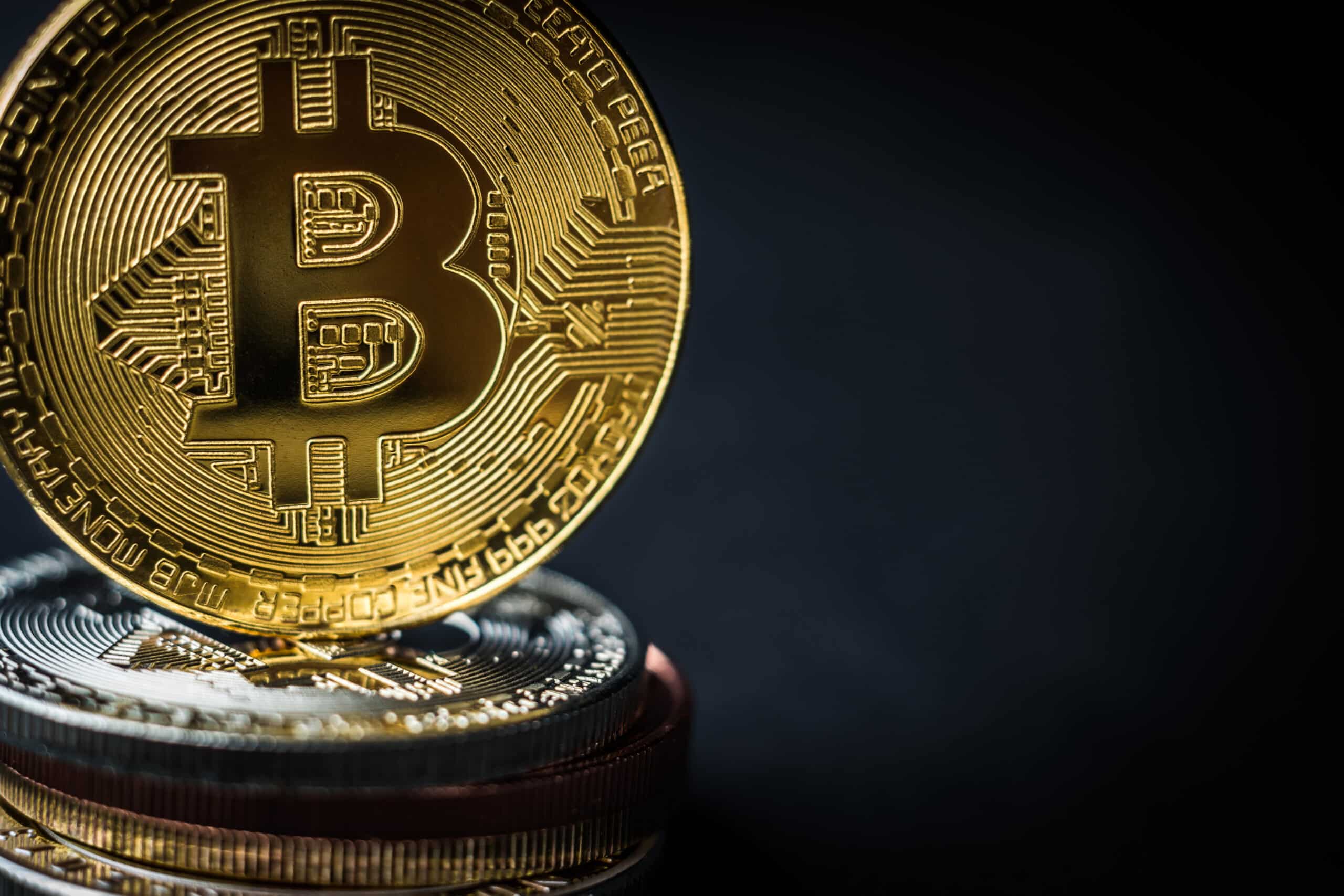The price of bitcoin has traded largely sideways over the last few weeks, with the asset hovering around $65,300 at the time of writing. Amid all the choppy price action, the average bitcoin investor is still profitable.
In its latest report examining the weekly state of the crypto market, Glassnode found that the average coin holding currently has an unrealized profit of around 120%, which is typical of previous markets trading around an all-time high.
Notably, over 87% of bitcoin’s circulating supply is currently held at a profit as markets consolidate within this trading range. The report also highlights a recent reduction in sell-side pressure and profit-taking behaviour among market participants. While this has brought down the overhead market resistance, it is yet to translate into significant upward price momentum.
Glassnode attributes the sideways price action to “investor boredom and apathy,” noting that there has been a slowdown in the scale of volume transferred on the Bitcoin network, which implies a lower appetite for speculation.
“An equilibrium in both the demand and sell-side appears to be established, resulting in relatively stable prices, and a notable lack in volatility,” Glassnode analysts said.
“This stagnation in market movement translates into a degree of boredom, apathy, and indecision by investors.”
With the recent spike memecoin trading, it is fair to say that this segment of the market has commanded a lot more attention from crypto investors of late. However, according to crypto analyst Miles Deutscher, the fact that we now have more than five times the number of tokens during the bull run peak in 2021 is a big problem, and potentially a reason why crypto has struggled despite bitcoin hitting a new all-time high.
“The more tokens that launch, the more cumulative supply pressure on the market. And this supply pressure ‘stacks.’ Many projects from 2021 are still unlocking, with supply ‘stacking’ across every subsequent year (2022, 2023, 2024),” Deutscher said on X.
Over the next month, more than 40 crypto protocols are expected to unlock an estimated $740 million worth of frozen tokens.
In Deutscher’s view, token dilution is comparable to the effects of inflation on traditional financial assets, which reduces crypto purchasing power across the board. He notes that some ways to address this issue could be better token distribution enforced at the exchange-level and prioritizing a bigger allocation to a community of genuine users.
“The market needs to give retail a reason to come back. This, at least, fixes one half of the problem,” he said.



